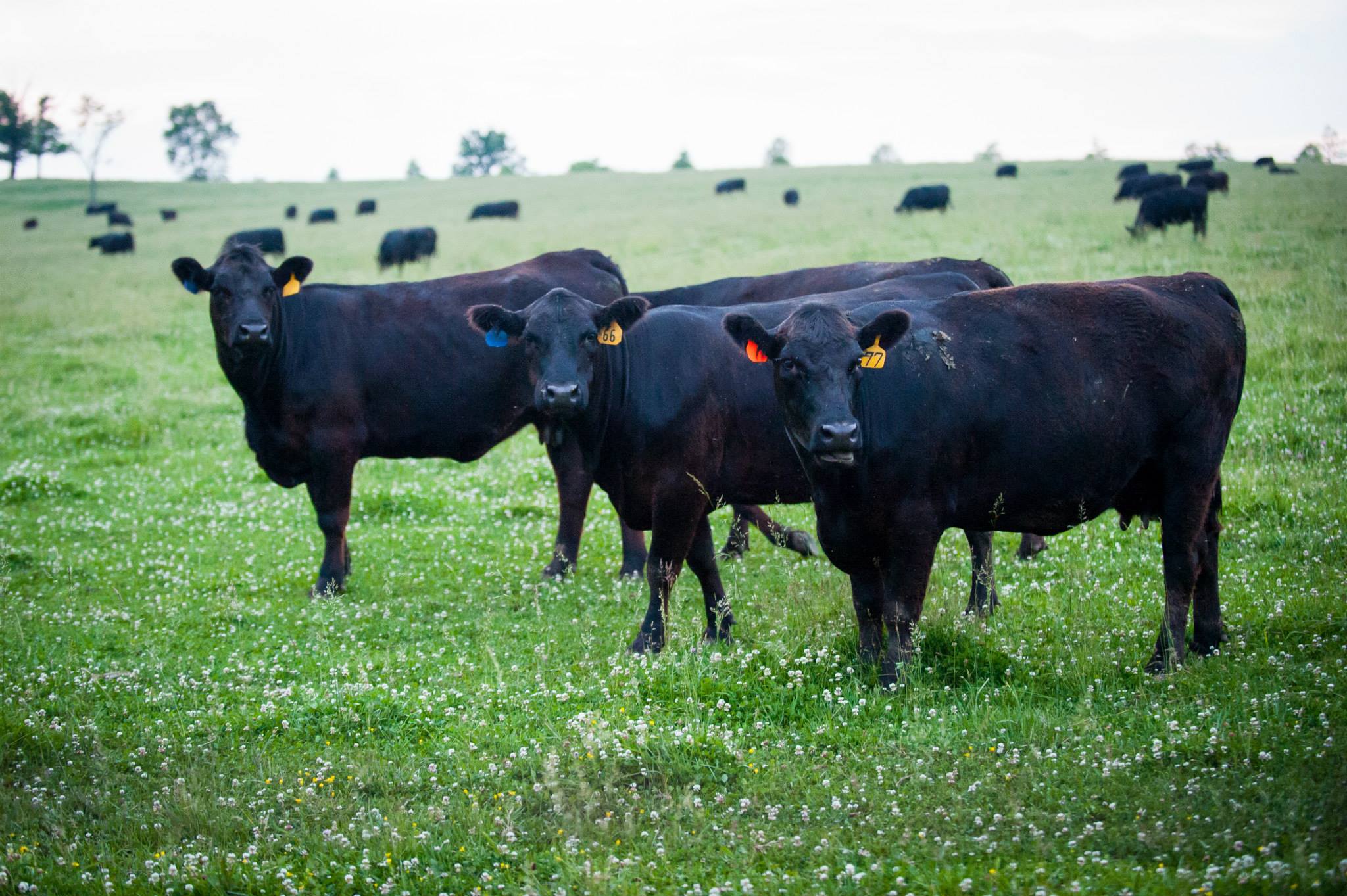Farmers wonder how low calf prices will go
Farmers wonder how low calf prices will go


Cattle producers have benefitted from high calf and feeder prices in the not too distant past. More recently, however, cattle markets appear to be weakening, and farmers are wondering just how low the prices could go.
“I don’t think many cattlemen and women are surprised that the cattle market has softened,” said Kenny Burdine, University of Kentucky College of Agriculture, Food and Environment livestock marketing specialist. “But, I do think that many have been surprised at how quickly things have changed and how much lower prices have gone. Calf markets usually reach seasonal lows in October or November.”
The U.S. beef herd continues to expand, and Burdine said that plays a part in the current markets, although not a huge part. The growth in beef cow inventory hasn’t really had time to impact beef production yet. The cattle market is dealing with a growing supply of fed cattle and a significant increase in slaughter weights. These factors are working to increase beef production. At the same time, production of both pork and chicken has increased, which is applying additional pressure.
Beef cow slaughter continues to run below last year’s levels and most indications are that heifer retention continues. Long run calf prices typically continue dropping as the size of the beef cow herd grows. Burdine said this is all part of a typical cattle cycle where cattle numbers reach a sufficient level to pressure prices enough that producers respond by scaling back, selling more heifers instead of breeding them. Eventually liquidation causes prices to improve, producers once again expand the herd, and the prices begin to trend upward for a few years.
“It will be interesting to see how much impact the lower calf prices have on the pace of expansion this fall,” Burdine said. “Even though calf prices have softened, they remain profitable for most cow-calf producers.”
While the recent drop in prices may slow the pace of expansion, Burdine quickly pointed out that most producers are still likely to sell calves this fall on a very strong market by historical standards.
“The largest impact from lower calf prices may be what is paid for bred heifers this fall, as those prices tend to move together,” he said. “But the big picture message is the calf price environment is changing, and producers need to be thinking about managing their operations in a decreasing price market over the next several years. As we continue to grow the calf herd, we will also likely continue to see lower calf prices until the incentive to expand is no longer there.”
Agricultural Economics

